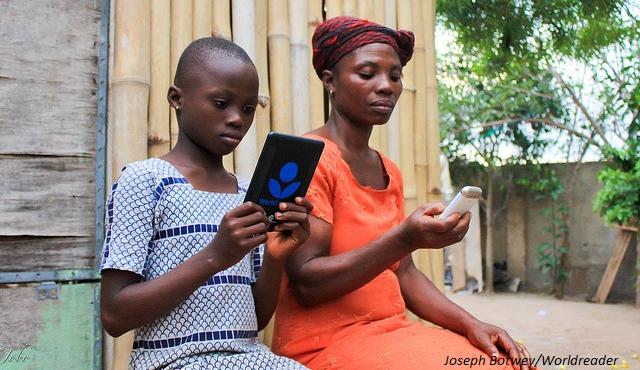Tools to Help Countries Measure Digital Literacy
Share
07/02/2019
Digital skills are vital to navigate in today’s world, from using the Internet to undertake research for school to making online bookings or marketing crops using a mobile phone. But how can countries measure this skill set and compare the results across different local contexts and across countries at different levels of development?

Digital literacy is a key component of the Sustainable Development Goals (SDGs), with Target 4.4 aiming to increase the share of youth and adults with relevant technical and vocational skills for decent jobs. In particular, Indicator 4.2.2 calls on countries to track the percentage of youth and adults who have achieved at least a minimum level of proficiency in digital literacy.
But what is considered a basic level of skills in digital literacy? Results cannot be compared without a global definition, but the definition must be broad enough to encompass contexts that can vary greatly from country to country. In response, the Global Alliance to Monitor Learning (GAML) developed the UNESCO Digital Literacy Global Framework to define digital literacy competences and proficiency levels so that country results can be compared and used to monitor progress towards SDG 4.
Based on the framework, the UNESCO Institute for Statistics (UIS) undertook a mapping exercise to show countries how existing data collection instruments can be linked and used to produce internationally-comparable results. The results, just published in a UIS information paper, “Recommendations on Assessment Tools for Monitoring Digital Literacy within UNESCO’s Digital Literacy Global Framework”, show that only a few of the existing 44 assessments which were reviewed are suitable to measure minimum proficiency in digital literacy on a global scale. Some of the recommendations highlighted in the report include:
While one single assessment tool to measure digital literacy has not been endorsed, the UIS has focused on defining methods to produce results with existing instruments in order to have comparable information now and baseline data for benchmarking. Through GAML, the UIS brings together experts from around the world to develop the most pragmatic and cost-effective approaches to monitor progress towards the Global Goals.